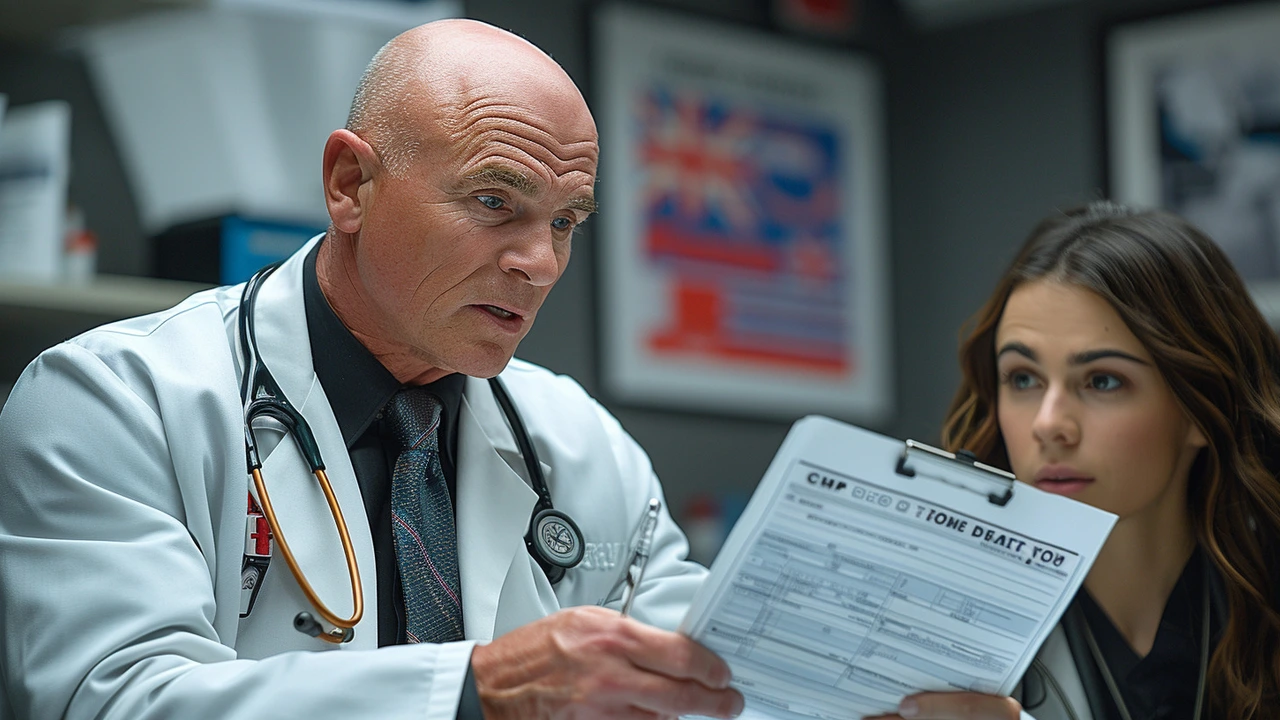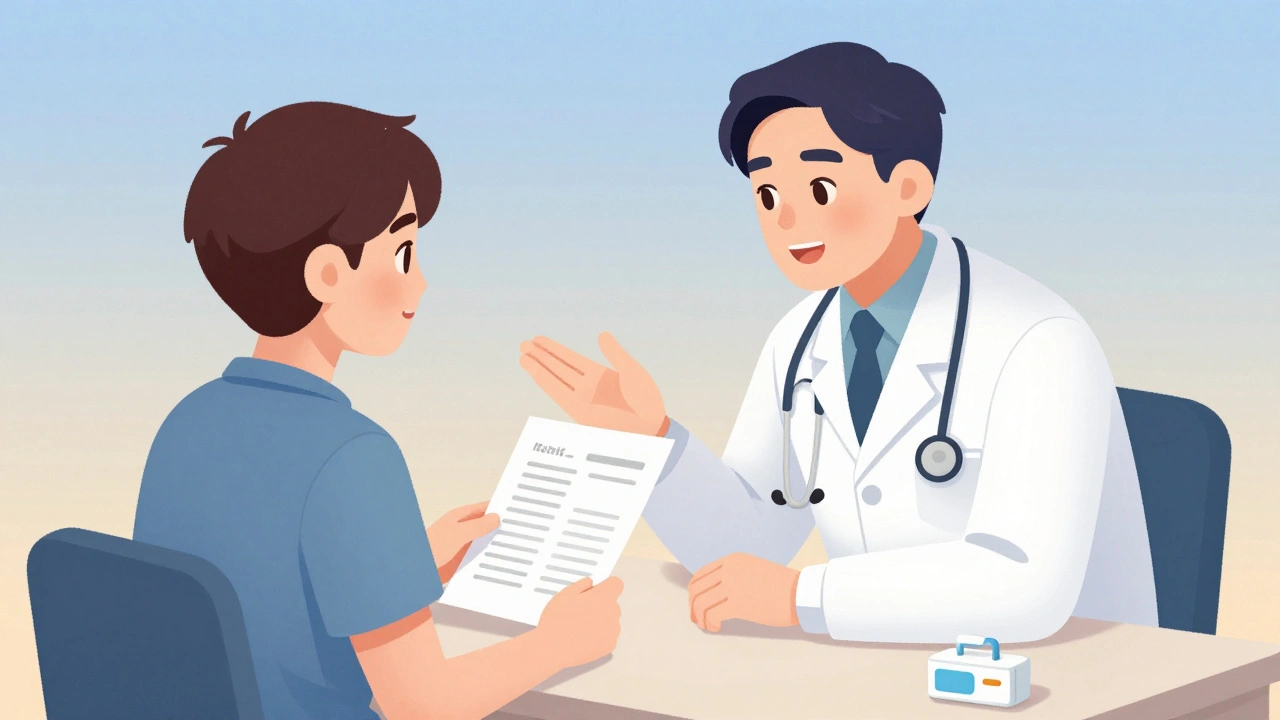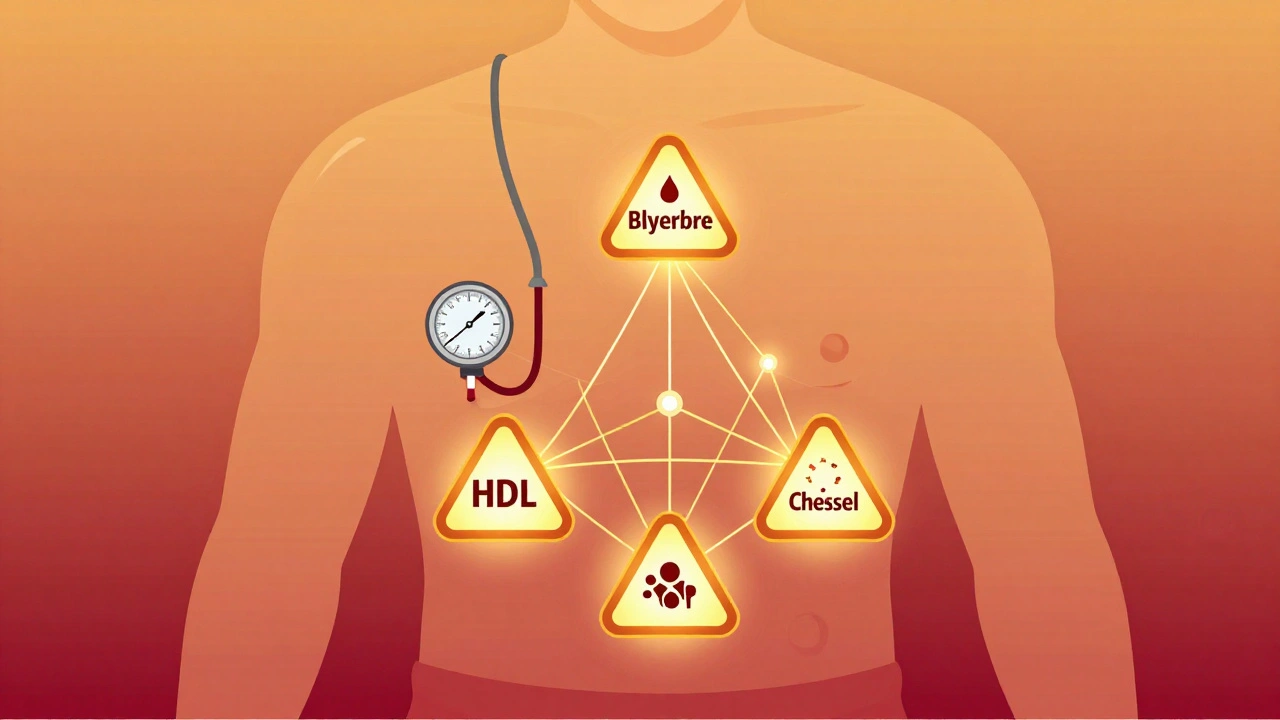STD: Symptoms, Testing, Treatment, and Prevention
STDs (sexually transmitted diseases) are common and treatable, yet many people delay testing because they feel embarrassed or unsure. This page explains what to watch for, when to get tested, how treatments work, and practical steps to protect yourself and partners.
Spotting symptoms and when to test
Not all STDs cause symptoms. When symptoms do show up, they can include unusual discharge, burning during urination, sores, rashes, pelvic pain, or flu-like feelings. If you notice any of these after new or unprotected sex, get tested. Also test routinely if you have multiple partners, a new partner, or shared injection equipment.
Timing matters. Some infections show up quickly on tests, others take weeks. For example, most chlamydia and gonorrhea tests work within a few days to a week, while HIV and syphilis may need a window period of several weeks for reliable results. Ask the clinic what test and timing they recommend.
Testing options and what to expect
You can get tested at sexual health clinics, primary care offices, and many urgent care centers. Tests include urine samples, swabs (vaginal, penile, or throat), and blood tests. Many clinics offer rapid tests for HIV that give results the same day. Testing is usually quick and confidential; you don’t need to explain your life story—just answer a few health questions.
Treatment depends on the infection. Bacterial STDs like chlamydia, gonorrhea, and syphilis are treated with antibiotics. Viral infections like HIV and herpes need antiviral drugs that control symptoms and reduce transmission risk. Staying on your meds and attending follow-ups is key to success.
If you test positive, tell recent partners so they can get checked. Many clinics help with partner notification and can offer treatment without naming you. Avoid sexual activity until you and your partner complete treatment or get a doctor’s okay.
Prevention is straightforward. Condoms lower risk when used correctly. Vaccines exist for HPV and hepatitis B—ask your provider if you’re up to date. For people at higher HIV risk, PrEP (a daily pill) and PEP (emergency medicine after exposure) are effective options. Regular testing and honest conversations with partners reduce surprise and spread.
Buying meds online? Use trusted pharmacies, check for a real address and pharmacist contact, and avoid sites that sell prescription drugs without a prescription. Our site covers safe online pharmacy practices and how to spot scams.
If you have severe pain, high fever, heavy bleeding, or signs of pelvic infection, seek care right away. For routine questions, a local clinic or your primary doctor can guide testing, treatment, and follow-up care. Getting checked protects you and the people you care about—no shame, just smart steps.






